I consider my work in spaces such as white cube galleries, as well as other more open or environmental spaces. I have to visualise how the wire objects can hang suspended in these spaces. I feel the work can become ‘performances’ with light and movement, but is there more I could explore?
This led me to consider other ways to hang the works. For my installation, Hotel Kalahari on Langvlei farm, the work hung from an earlier work, a steel and wire wing which hangs from the trusses of a barn. The shape of the wing and its intertwined wires dictate the possible hanging formations.
But how can I suspend the work differently?
Since I created Hotel Kalahari as a body of work, I have begun to consider my suspended wire installations not only as sculptural objects, but as sites of performative encounter. While light and movement have always played an integral role in animating the work, I am increasingly drawn to how viewer presence, ambient sound, and shadow might extend the sculptural experience into an immersive event.
Below is an image of a nest I found in Namibia (2024), which fell to the ground. It was clear that the branch onto which the nest was built broke from the tree. By the time I visited the nests, the birds had left.

Most of my inspiration for creating the work, and also for thinking about ‘showing’ it, comes from how Ruth Asawa shared her work. I have the privilege of also looking at other contemporary artists who work with wire/fibre, like Racso Jugarap ( Phillipian born) Ulrik Dufossé, Gjertrud Hals, Sally Blake (Australian)
A work by Jugarap, ‘It will come back to you, 2021 stays with me throught this exploration. in this work the artists says that the wireframes ‘start with a sense of belonging, connectedness and safety. He then reminds the viewer that we all bring an engery in the world and that spaces are in flux – we have power to shape them.

A recent discovery is the work of Australian artist, Ken Unsworth and an installation called Suspended Stone Circle II where the work was installed in the NSW Art Gallery. The work was first created in 1974-1977 and reproduced again in 1988, according to the Art Gallery of NSW.
I would love to do this with the nest, as if to remind us of the tree into which the nest is built in nature. There is also something beautiful in the ‘effect’ of the way you can suspend a work. It should not feel like I suspended the work; the work should look as if in nature, held up by the tree, or part of the tree. What I learned from Suspended Stone Circle is that the work touches upon the consciousness of the material world and how it rests upon this idea.
The sculpture consists of 103 river stones, each weighing around 15 kilograms, suspended by three wires tied to rings on the ceiling. These wires create three cones, suggesting a force field that appears to hold the stones in place. The stones then form a 4-meter-wide disc that appears to levitate, creating a sense of wonder and balance.

https://www.facebook.com/share/v/15dj3WNm8P
I also looked at this work as it gives ideas of how work can be presented as an outside installation
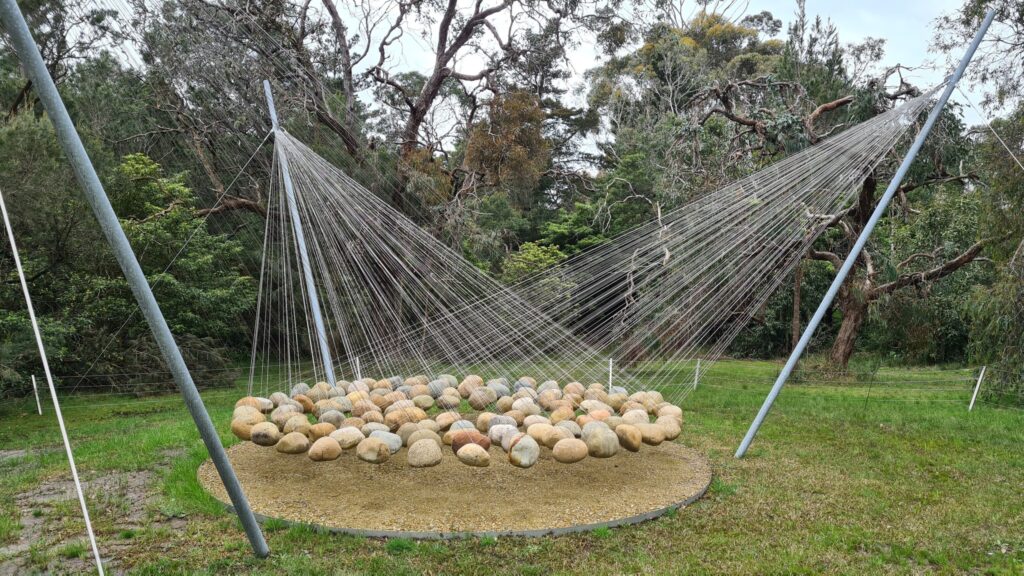
Another work of the artist caught my eye – it is a series called Five secular settings for sculpture as ritual and burial piece, 1975. I am fascinated by the centre, the body, which in my case could be the nest and then I could ‘add’ the other objects around. It could become one intertwined work.
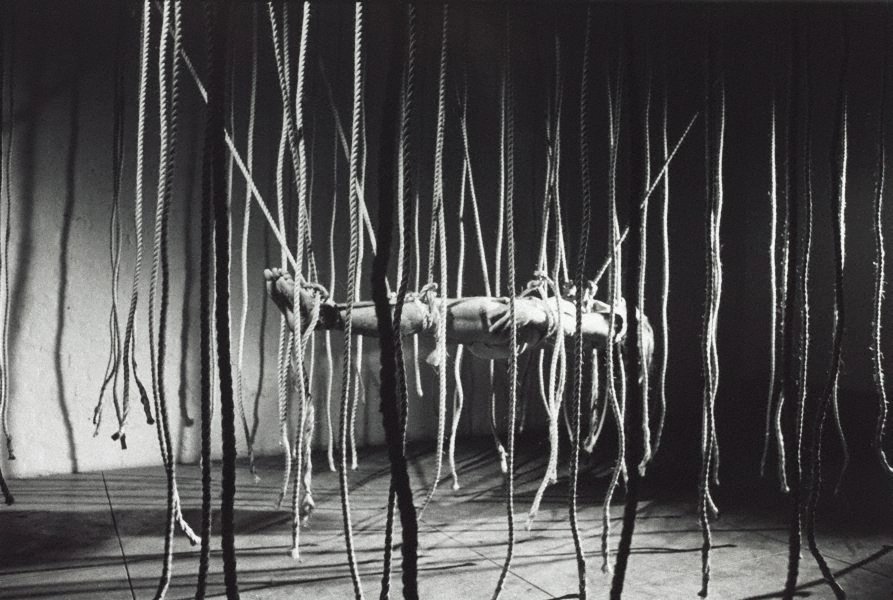
Practical thoughts around taking my work to an exhibition/gallery space
For the Sasol Signatures competition, I have a space of 250 x 250 x 250 cm to work with
Suspending the work: concerns will be to anchor to gallery walls, ceiling, or even consider custom poles (removable and padded for gallery use). I can use small, nearly invisible hooks or tensioning devices. The idea is to have the illusion of floating while ensuring stability, and have shadow play in the work about the environment. To secure and hang objects effortlessly I will use a product called w SafeTop Screw Eye Ring and Plugs set. These were designed for strength and stability The metal screw eyes feature a threaded screw end for secure installation and a circular ring for attachment. The included red plastic wall anchors provide enhanced grip in masonry or drywall, ensuring a firm and reliable hold. Perfect for hanging fixtures, supporting cables, or securing lightweight objects.
Below are options to use.
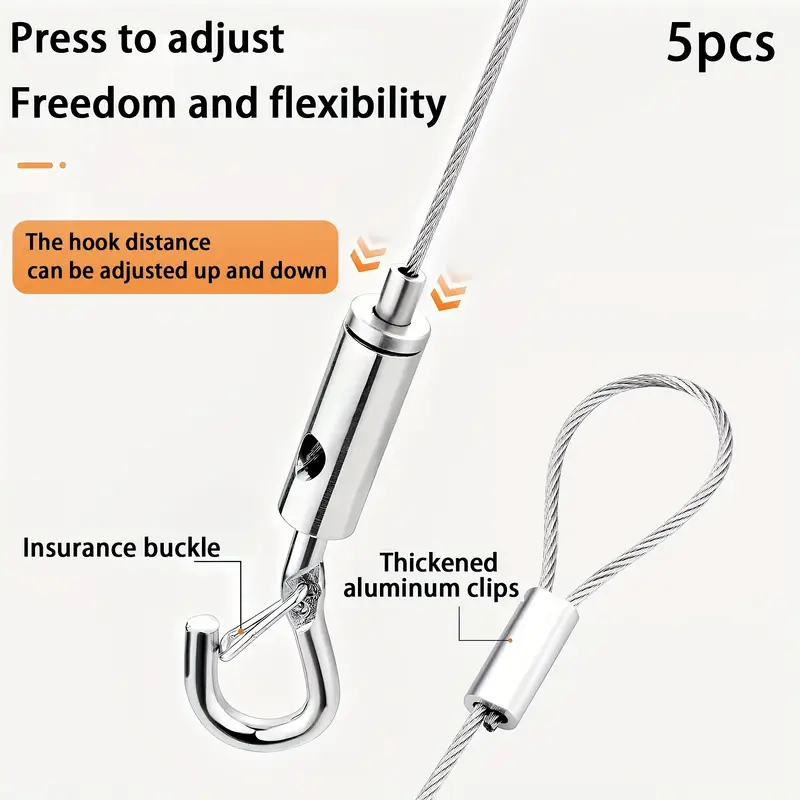

Materials to use to suspend the work can be fishing line, fine stainless steel, or copper wire to achieve both strength and delicacy.
From my research it seems the wall are made with dry walling and that the hanging system has a weight restriction of 30kg. For wall hanging works there is a fact sheet, but this does not include an installation like my work. It states that an artwork “must be submitted with the relevant hooks and wires for hanging the works already attached. Tapestries, quilts, etc. must be supplied with a strong rod or slat sewn to the top and bottom of the work”. Both these options will not be practical for the nest. I prefer that it is flat against the wall and that hooks on the work will link in to the wall on the preferred height on more than one attachment place on the work. The importance is that viewers can get close to (if not then under) the work.


How to use light to cast shadows in the installation

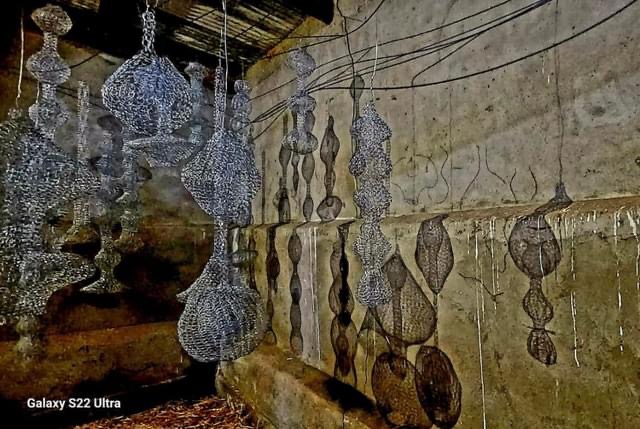


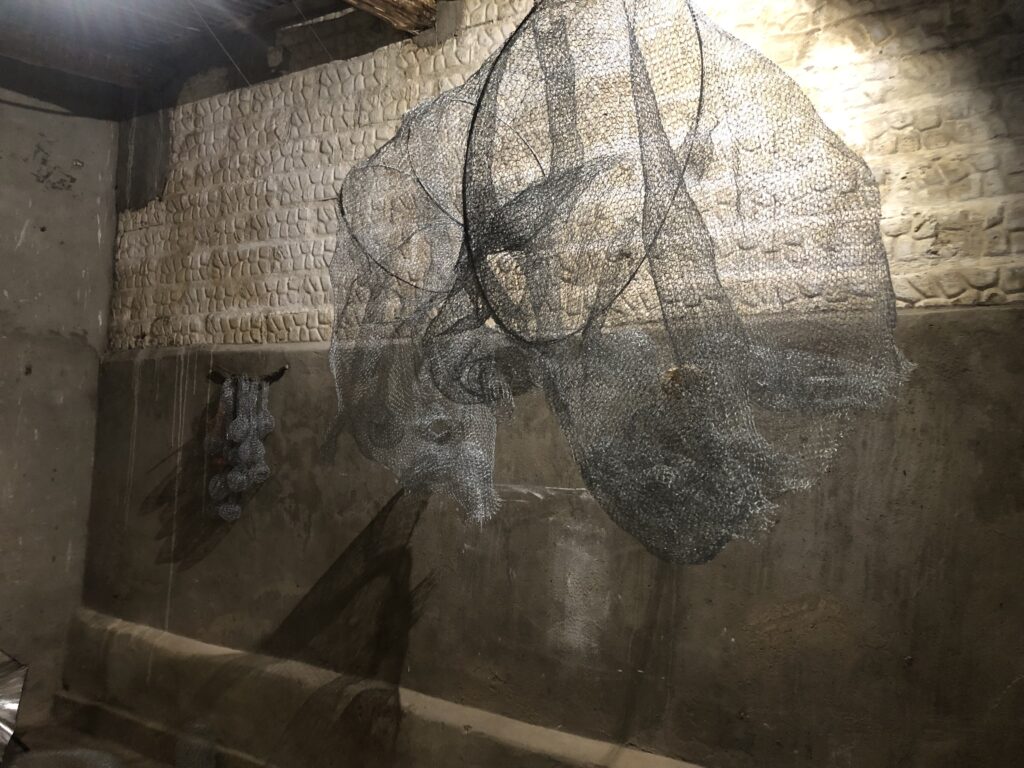
Visualise the gallery – I found images as well as info on the ceiling hanging system. In a way the plan is hypothetical – I need to apply logistic or linear thinking in terms of how the work will be displayed in the gallery. It stays an idea till one enters the space. I would like the work to to be placed in a corner where it has two walls for shadows to interplay with the work.
Opportunites which arised where I could explore this:
Sasol New Signatures Competition (submit early June 2025)
Due to weight constraints the nest would have to hang against the wall – I would like it to also be suspended to the wall
Thoughts that have come to me since I built the nest and the body of work
I am much more aware of the innerwork I have been going through as a mother who lost her son. I think of myself as a protector and carer, but I how does a safe space look and feel like? Can we create safe spaces?


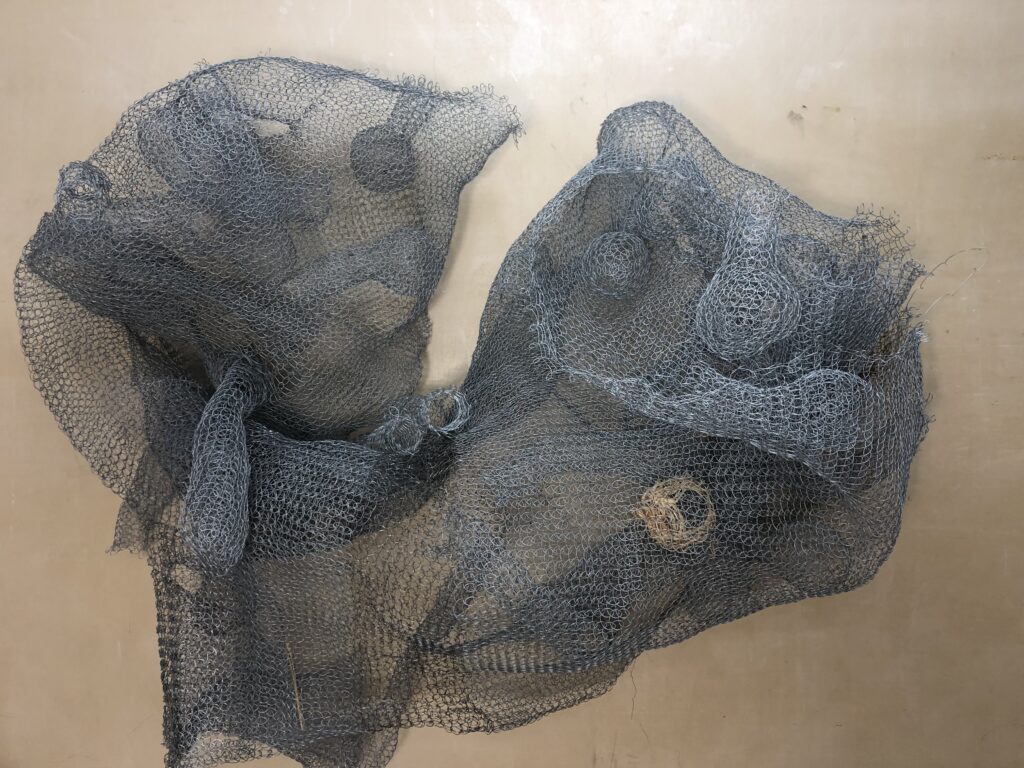
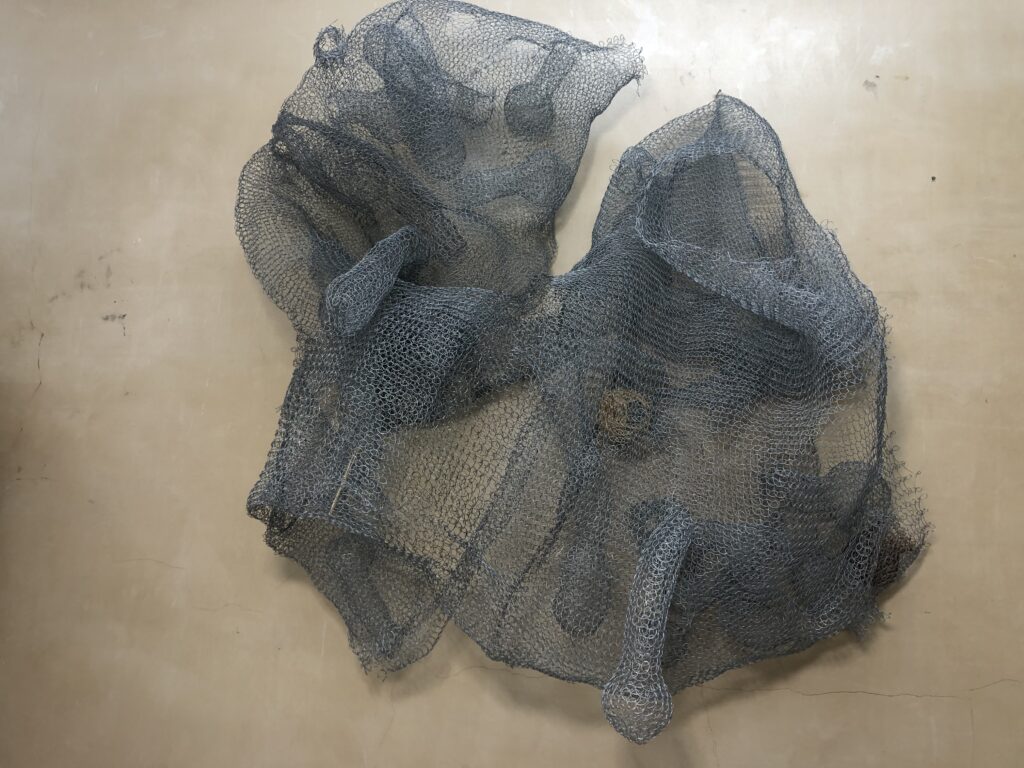
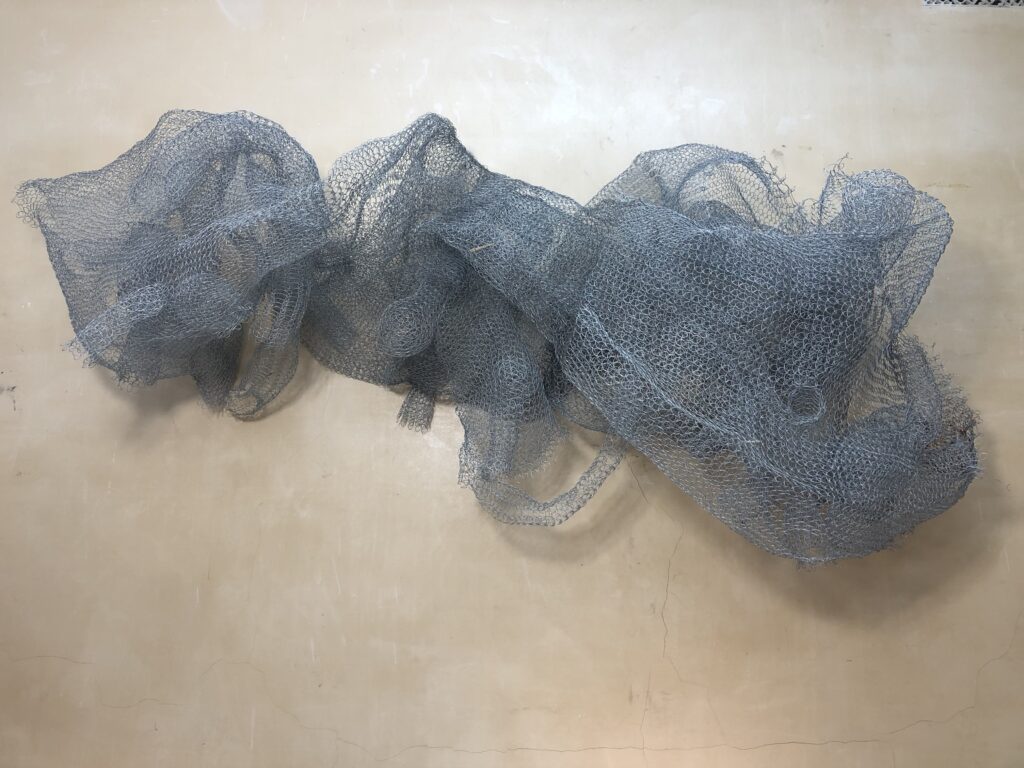
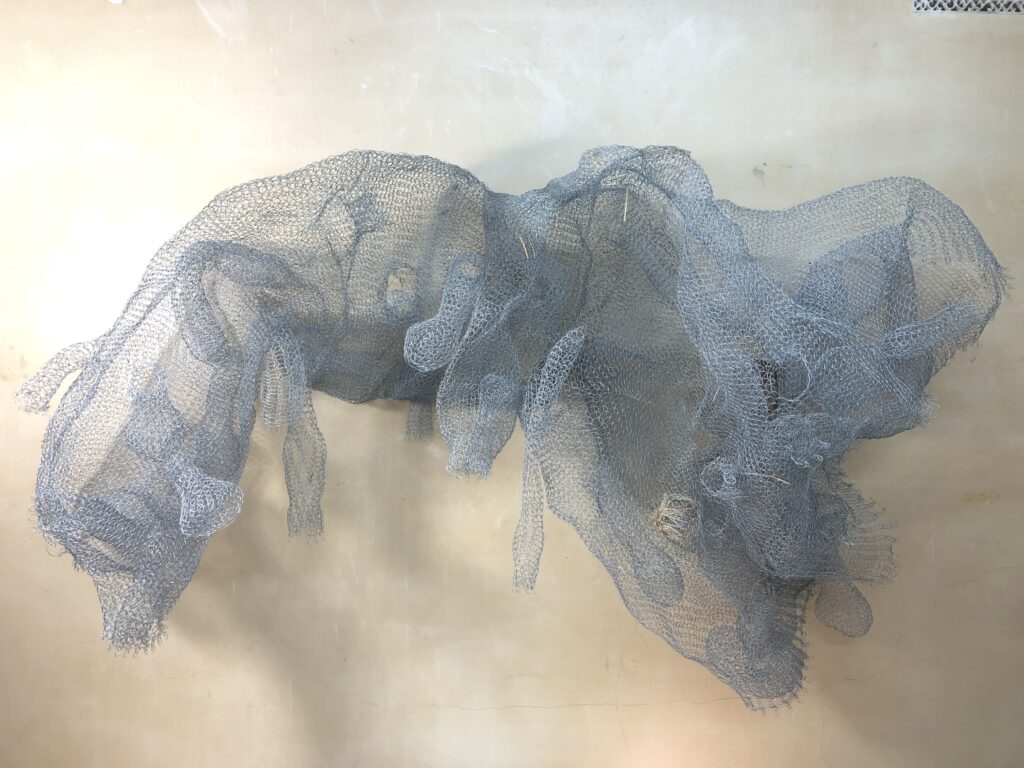

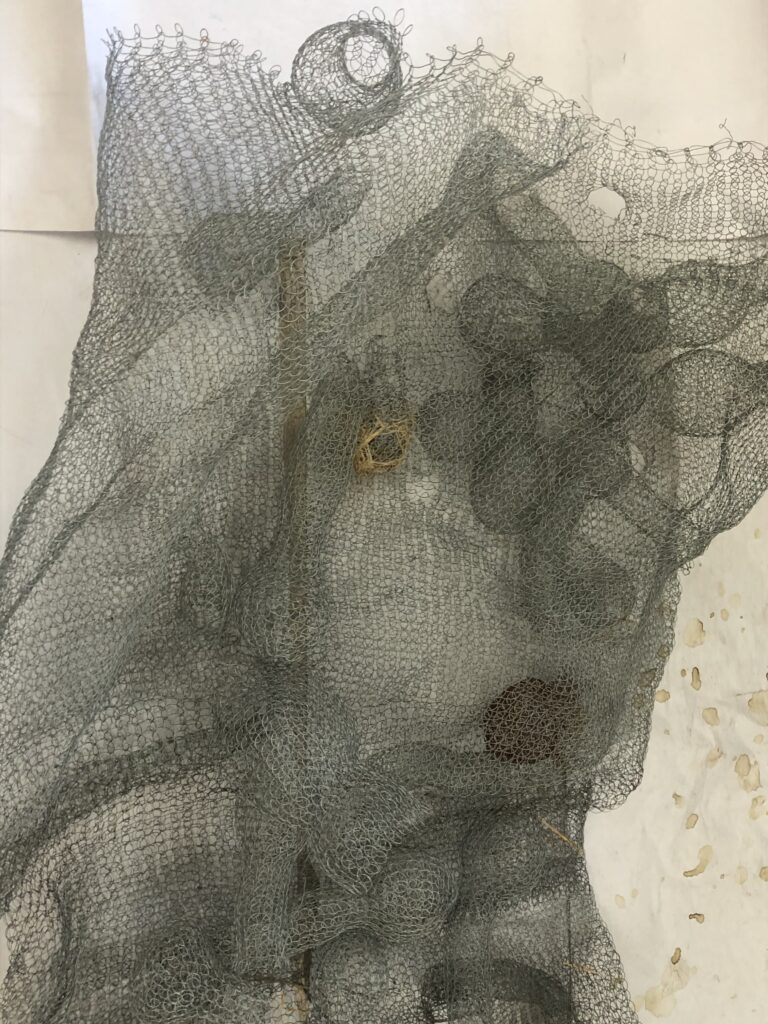
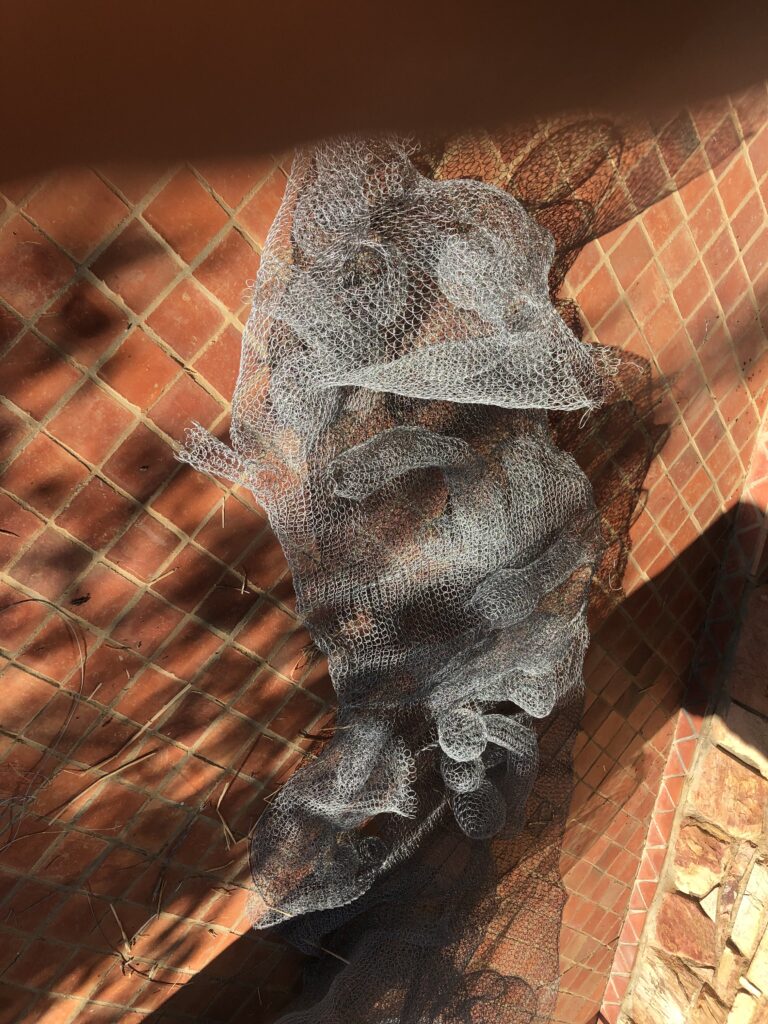
Brainstorm for the installation at the Regional judging
Practical considerations:
- Weight Capacity: I am unsure of the total weight that the cables and grid can handle.
- Placement of extra grid: To add an aesthetic and immersive experience to the installation. I consider galvanized wire mesh, placed on top of the two cables I plan to suspend the work. Eventually I decided against it and will add wire between the two lines, see if it holds the objects
- Number of objects: I will use one-third of the total work, which will consist of 11 objects of different lengths, sizes and weights.
- Accessibility: Use the ladders of the gallery to reach the 315 cm ceiling and grid to hang from.
- Shadow Effects: Test lighting to ensure shadows align with the immersive vision.
My plan adapts from the original installation, Hotel Kalahari, for a regional venue. It is designed to be suspended form a ceiling accross a larger spatial volume. I have created a focused version specifially for the regional submission. This adapted iterations comprises a curated slection of 11 objects to create a balanced, immersive display. and demonstrate the essence of the immersive experience and shadow play central to the installation. This adjustment was necessary in response to the limitations pertaining to a suspended ceiling grid in Gallery B . I add a 10×10 cm grid which I place onto two cables (grid) providing flexible attachment points. This layout ensures aesthetic harmony within the area under the skylight. By presenting this smaller configuration—positioned beneath a skylight to preserve the key qualities of light and movement-I—I aim to communicate the conceptual and spatial intentions of the full work while remaining within practical exhibition constraints.
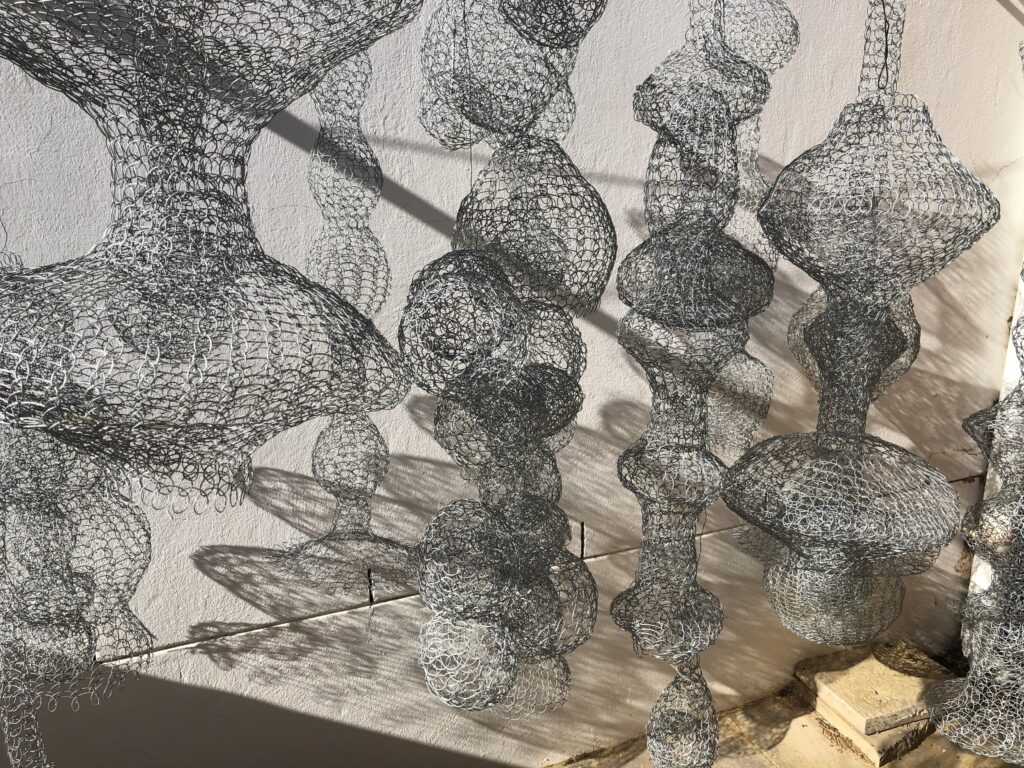
Should the work be selected for final judging in Pretoria, I will install the complete installation as originally conceived.
Layout plan for Gallery B
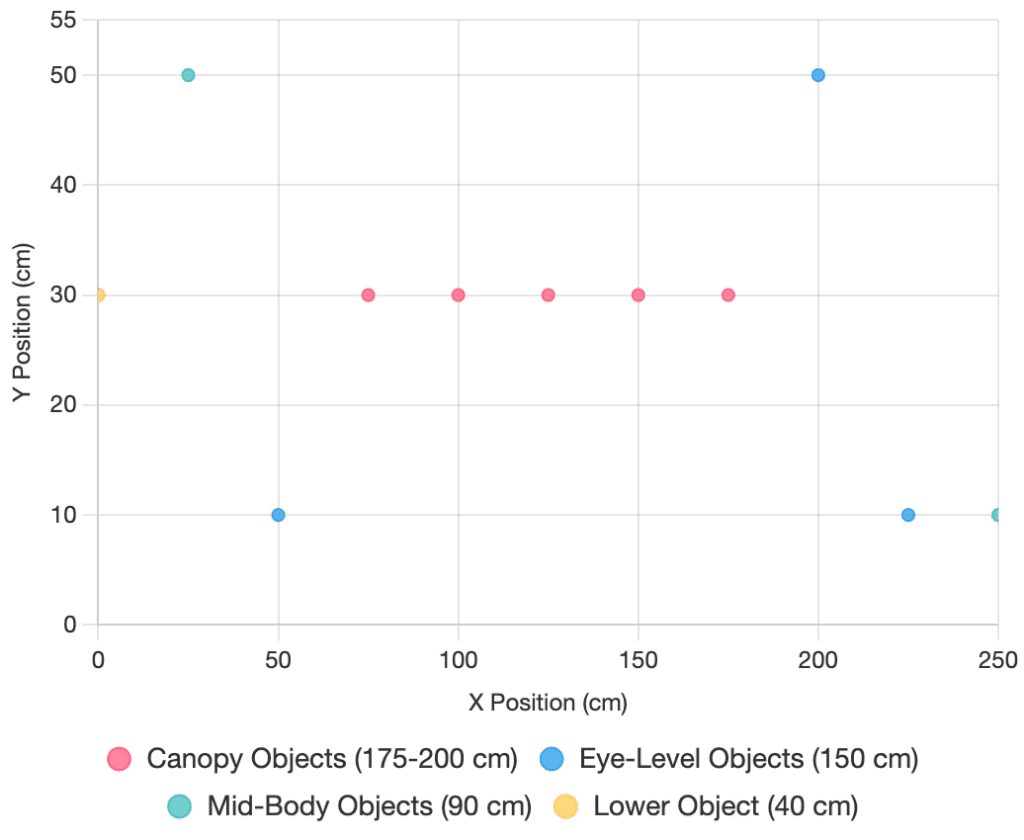
Final layout for the judging

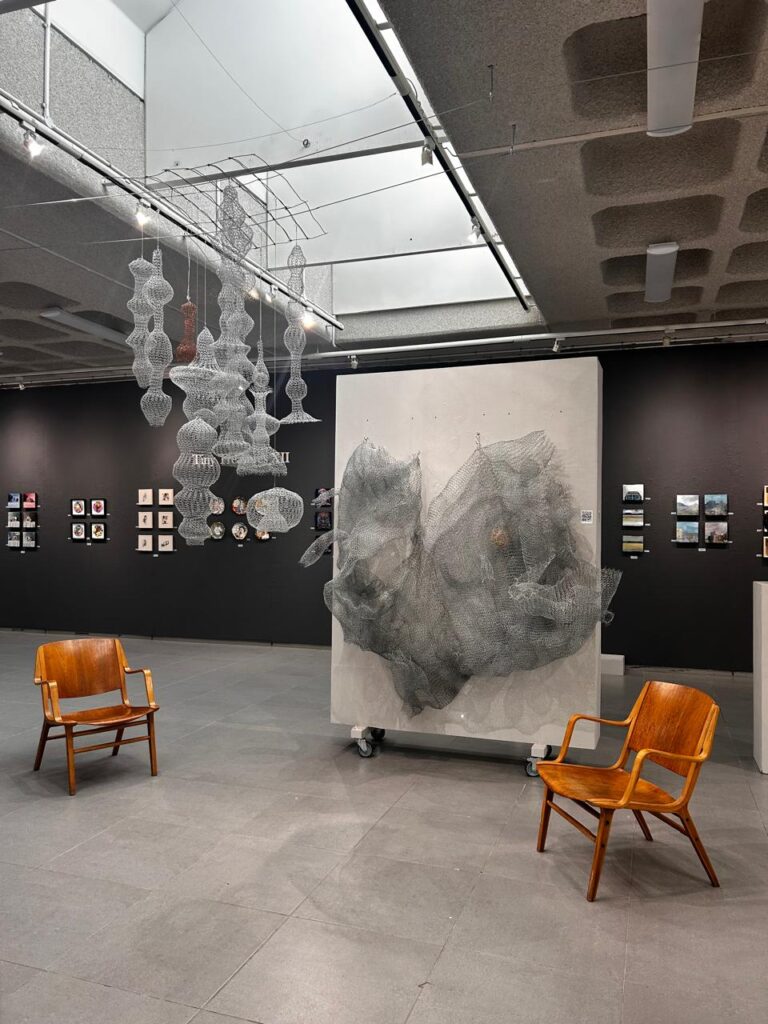
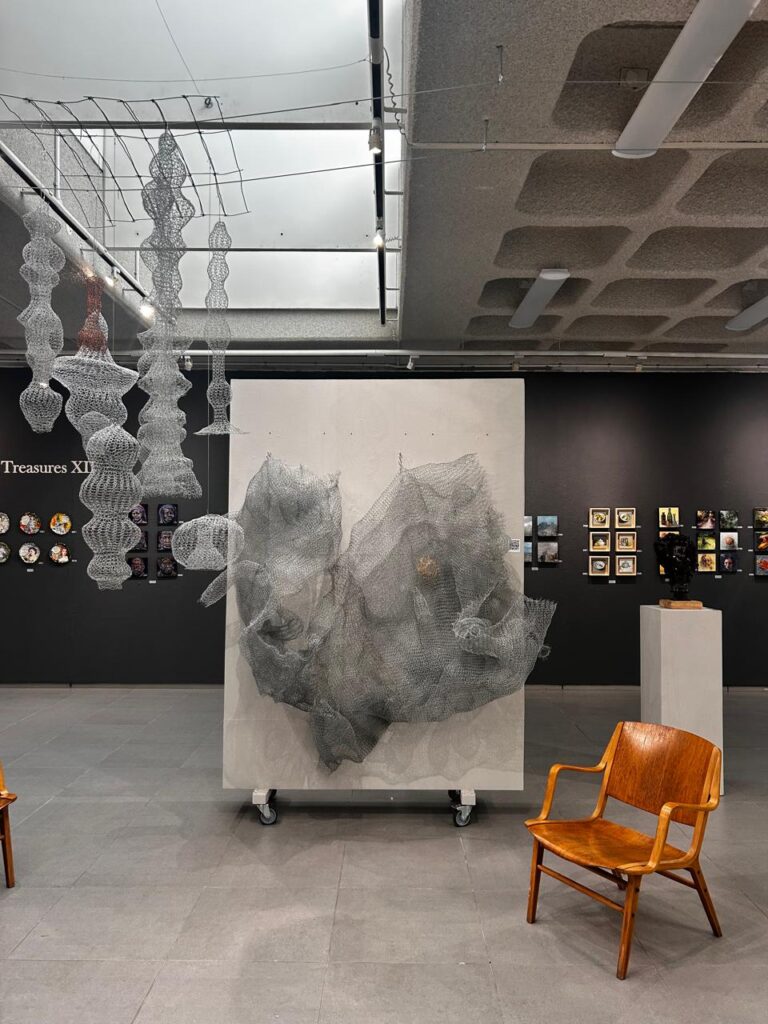
Installation for a group of objects
After entering my work for the Sasol New Signatures Prize, and splitting the nests and the objects, I had an opportunity to look at exhibiting the group of objects in a white space gallery. The restrictions were for the work not to exceed 200cm x 200cm. I was unsure about the height as the ceiling-to-floor height was above 200cm. I had to create a grid and install cables into the roof area and work within the 200cm area.(Vuleka Art Prize)
The images below share the process of planning the installation ( I used our bedroom, as I had a corner space, an easy area to place hooks for hanging, as well as a white wall)
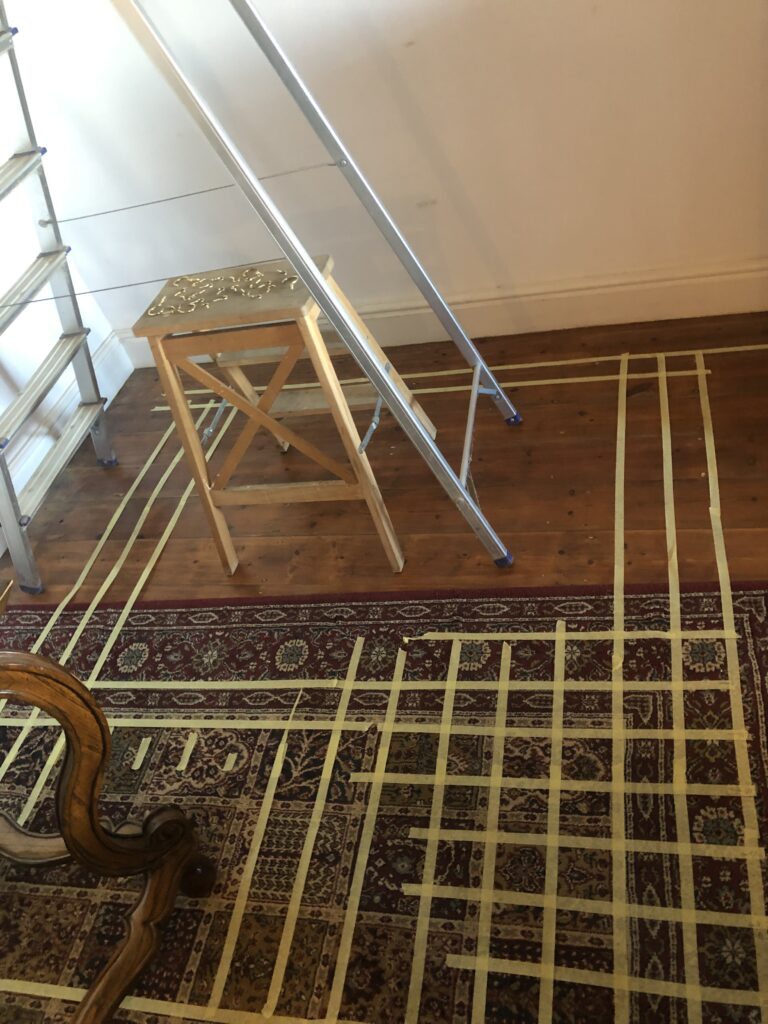
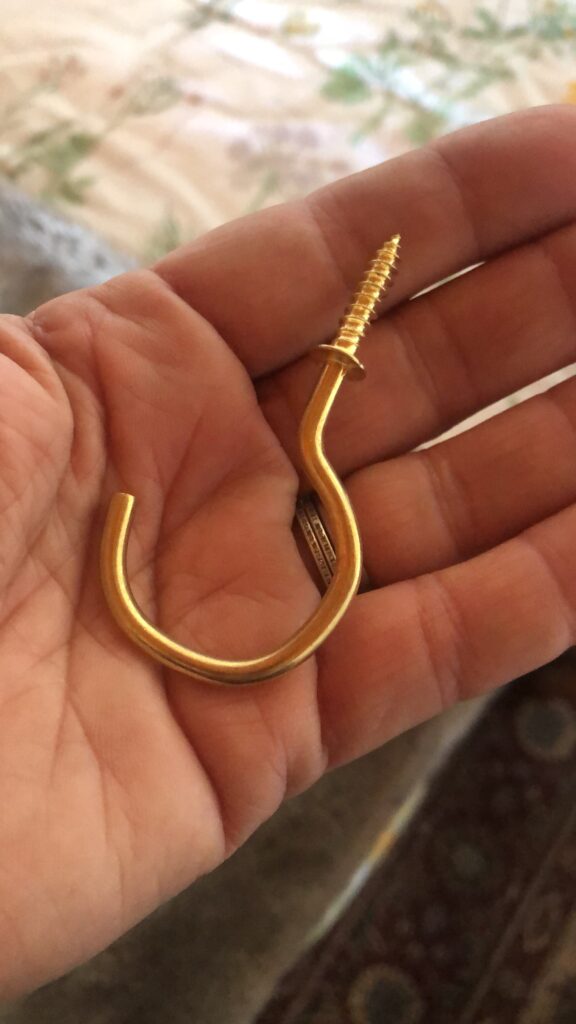
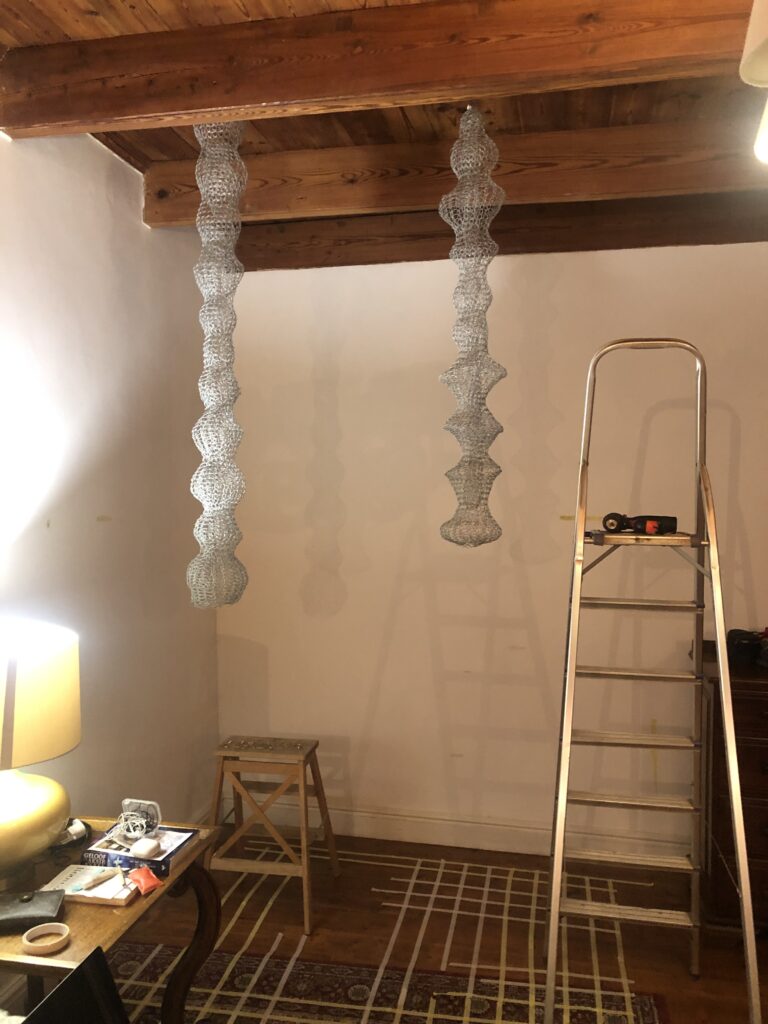
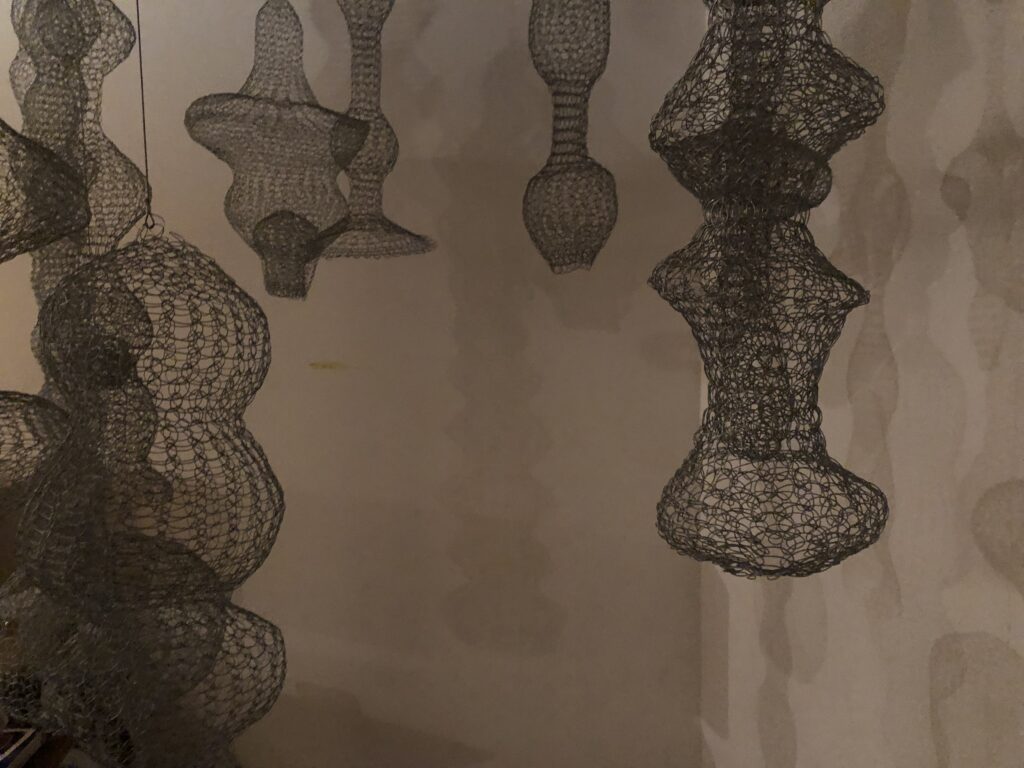
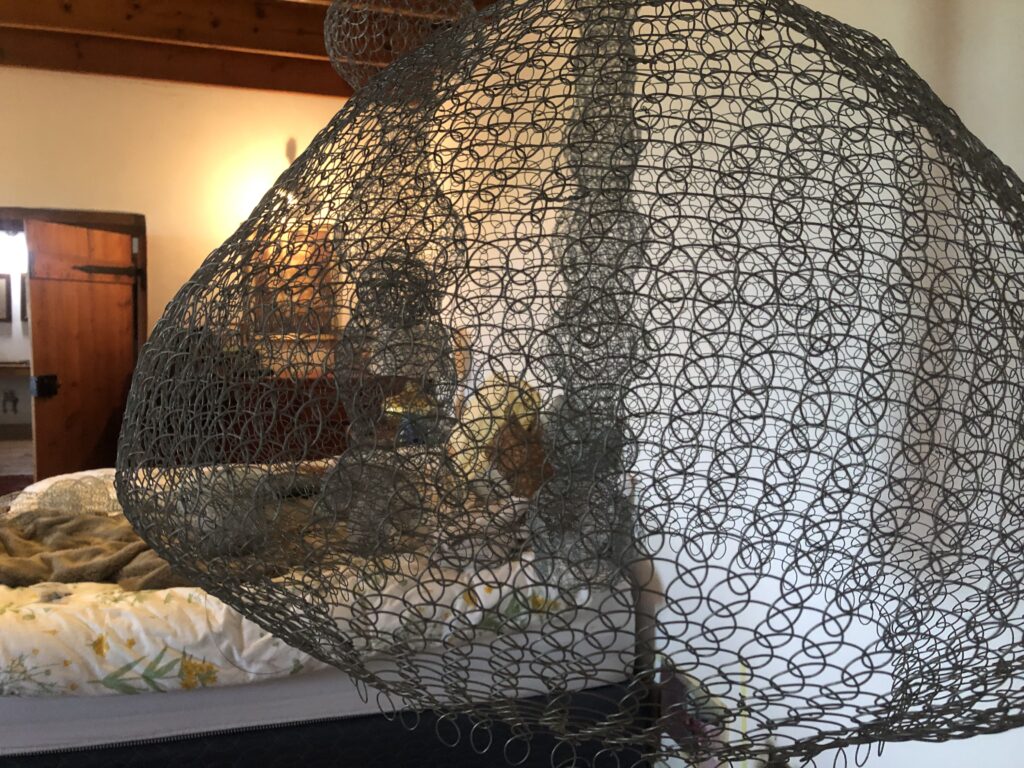
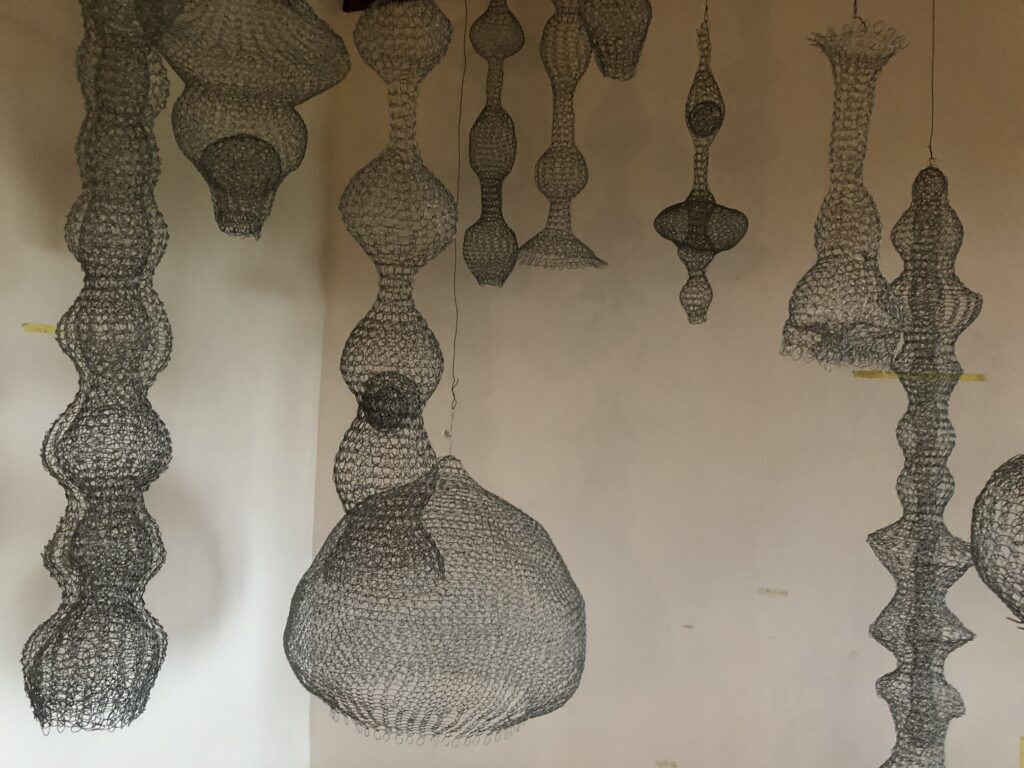
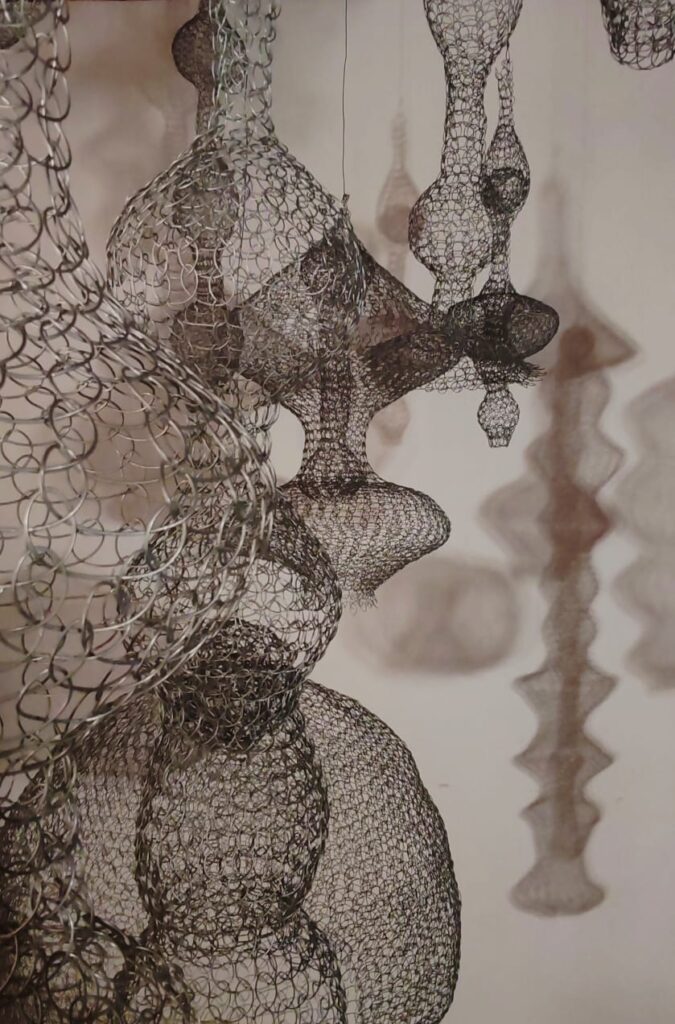
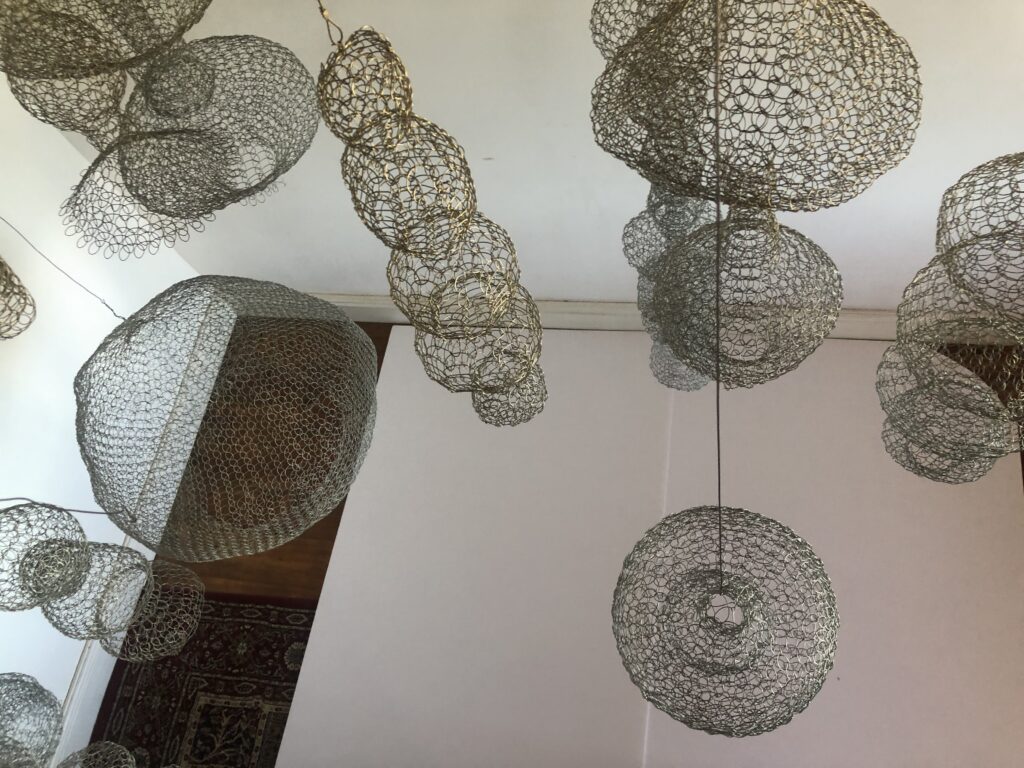
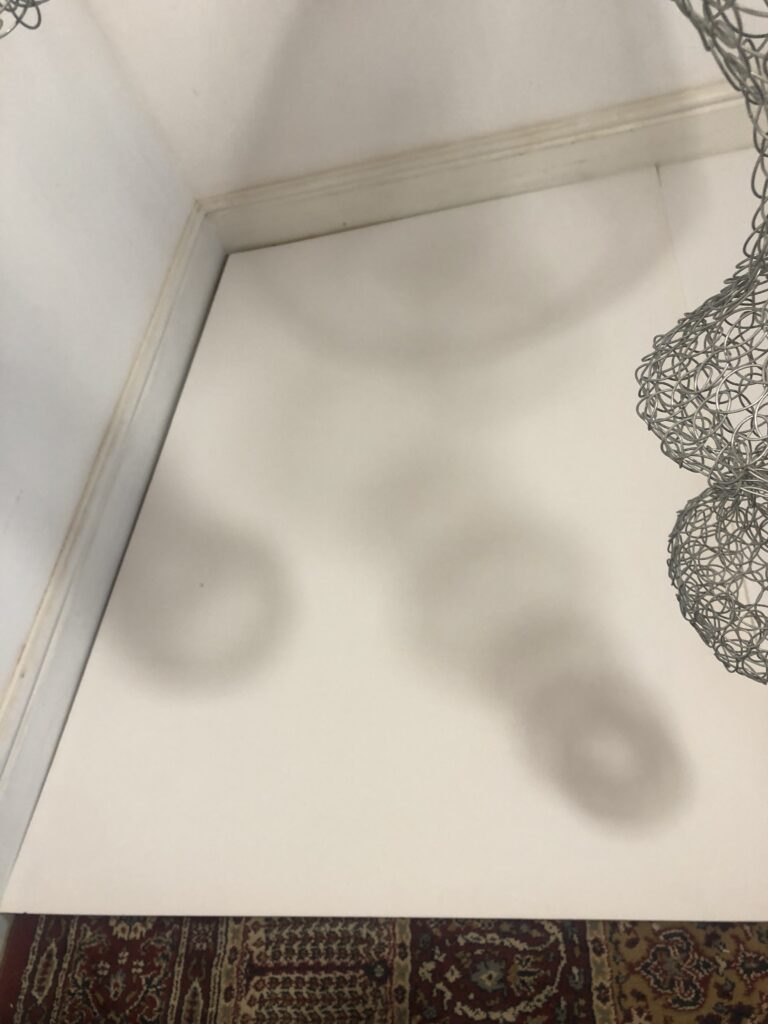
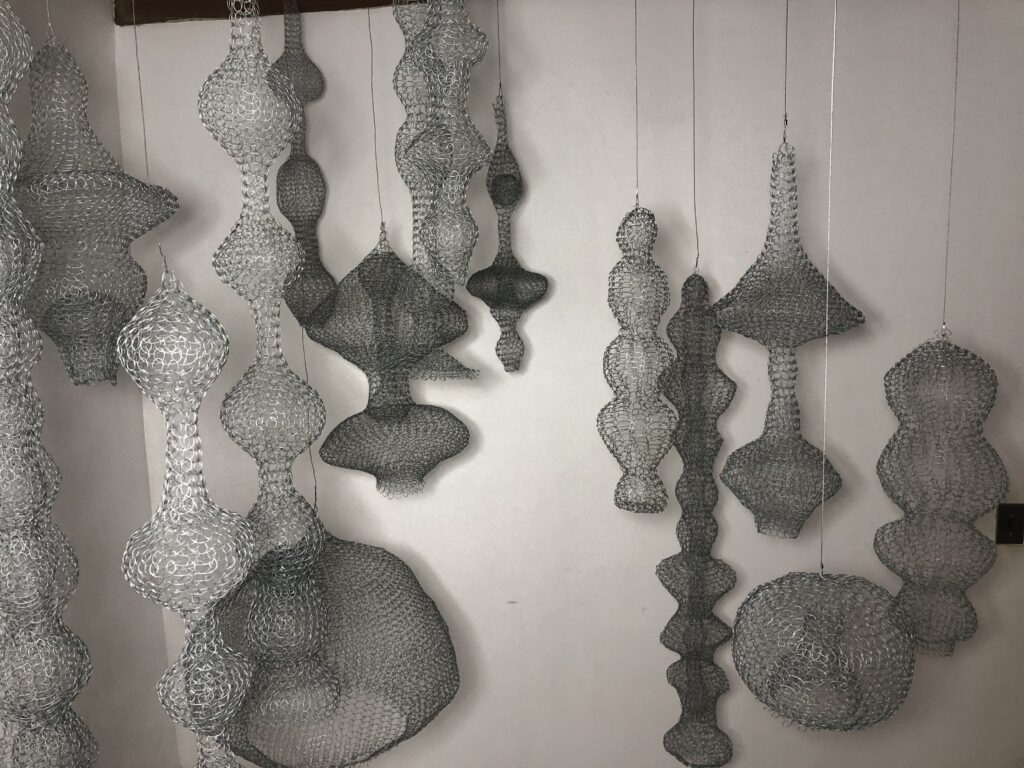
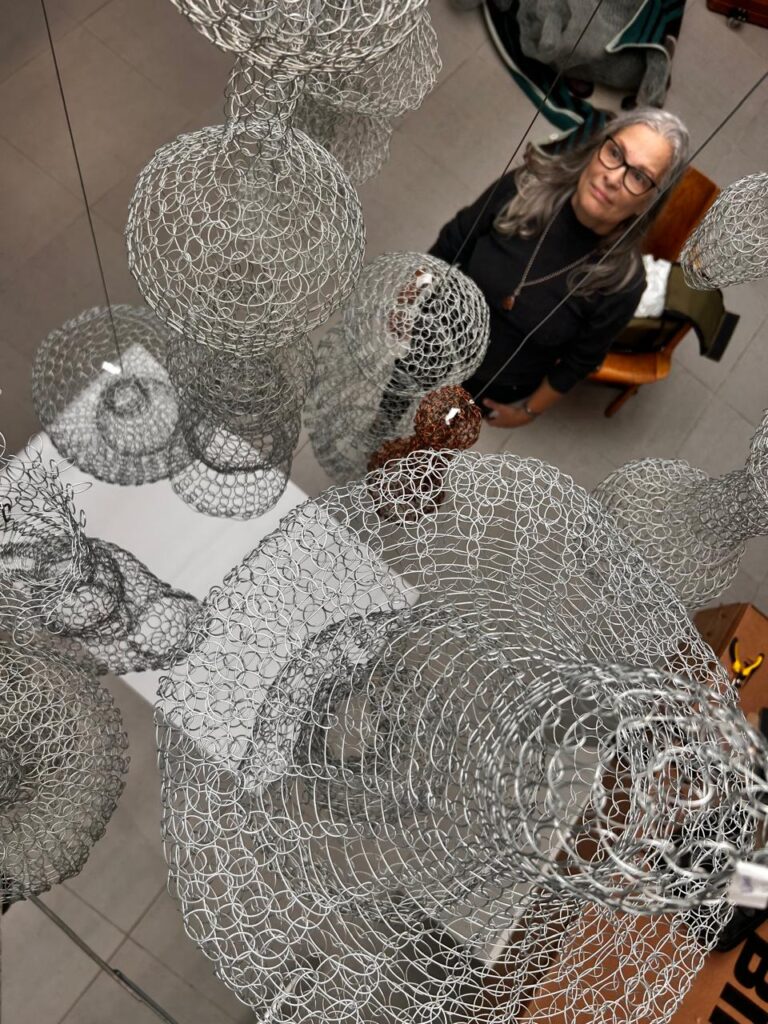

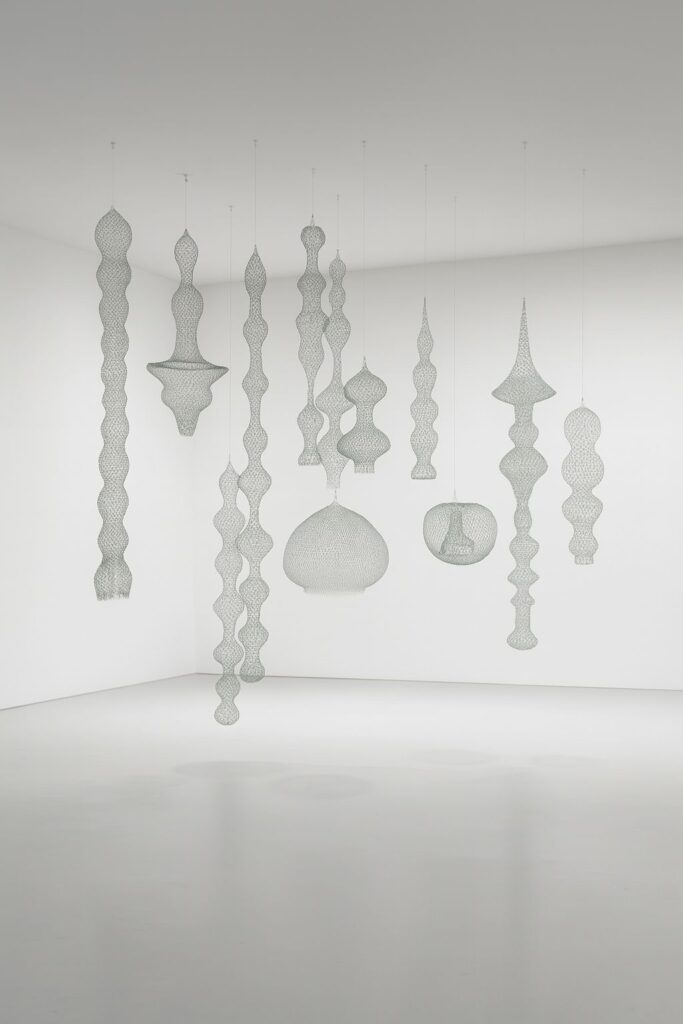
Again, the shadow play, negative space, became the highlights I wanted to share. I found an image of an installation of Asawa’s work during the 2024 Venice Biennale and fell ‘in love’ with the way the curation was done. In the image below, a white raised floorboard was used, and the curved back ‘drop’ added to the visual effect of the work.

I decided to carve out a small floor piece with hardboard and filled it with a lightweight cut of pieces of insulation material. It was glued together and then painted. My only restraint was the size, I had to make into two separate pieces to be joined at the gallery where the installation had to take place. The images below share this process. It needs to be stated that this part of the work needs the support of other ‘suppliers’ and installers, as I could not do all of this on my own. My husband is a wonderful help, but he has limited time to assist me. I need to consider how I will do this in future.
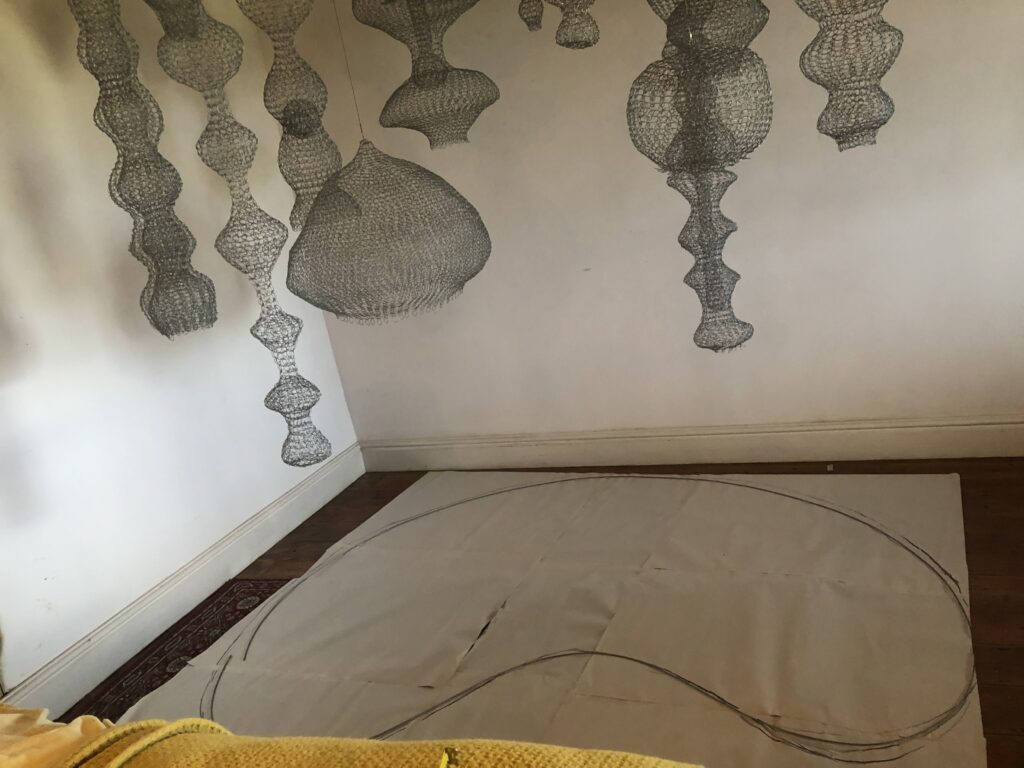
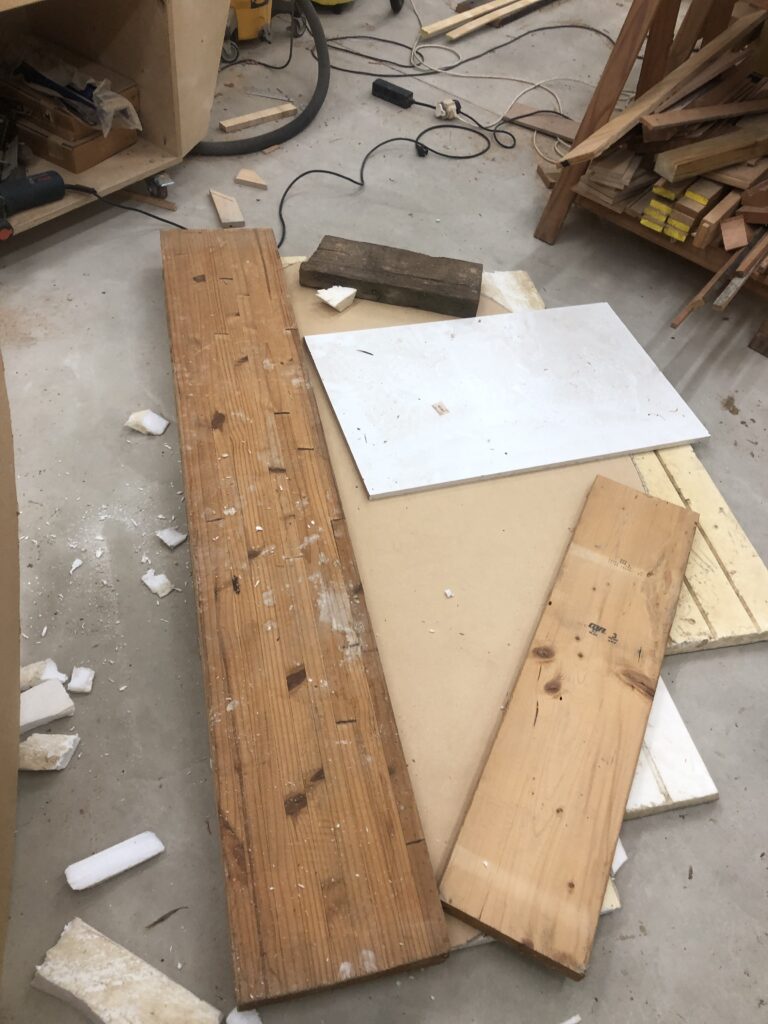
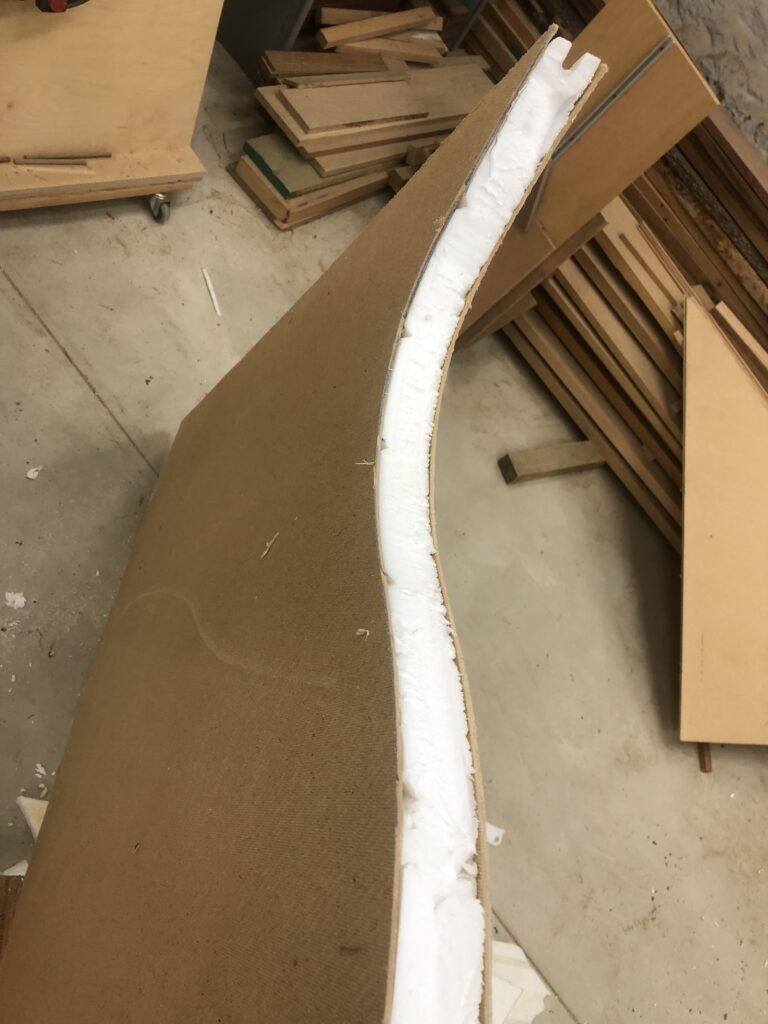
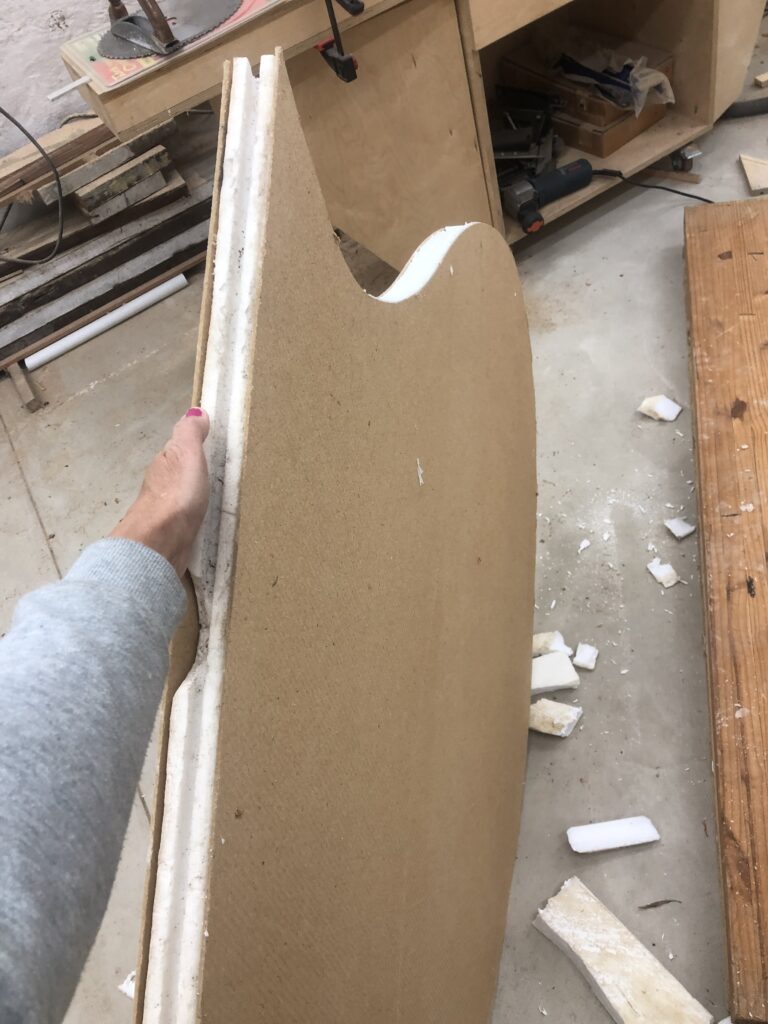
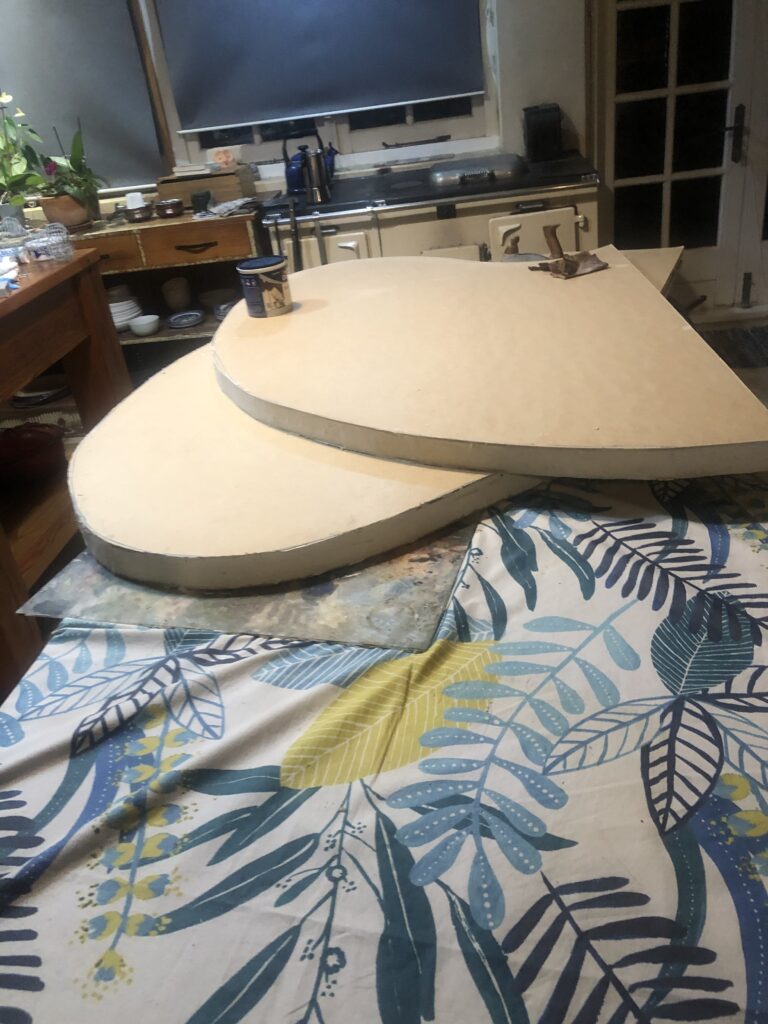
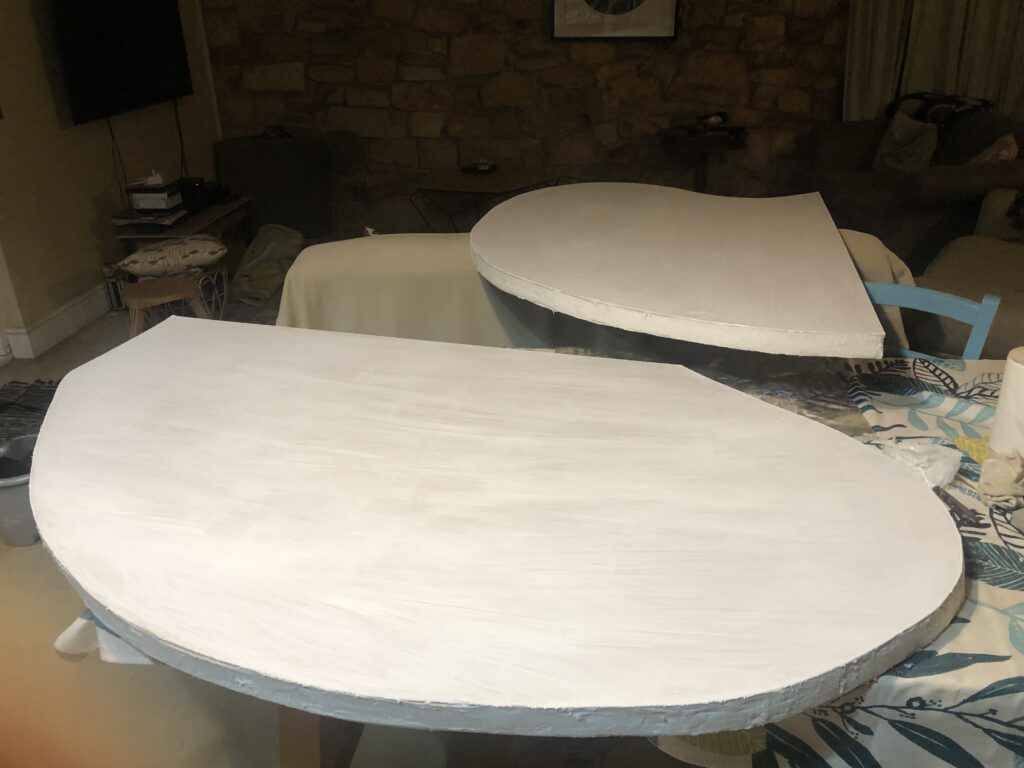
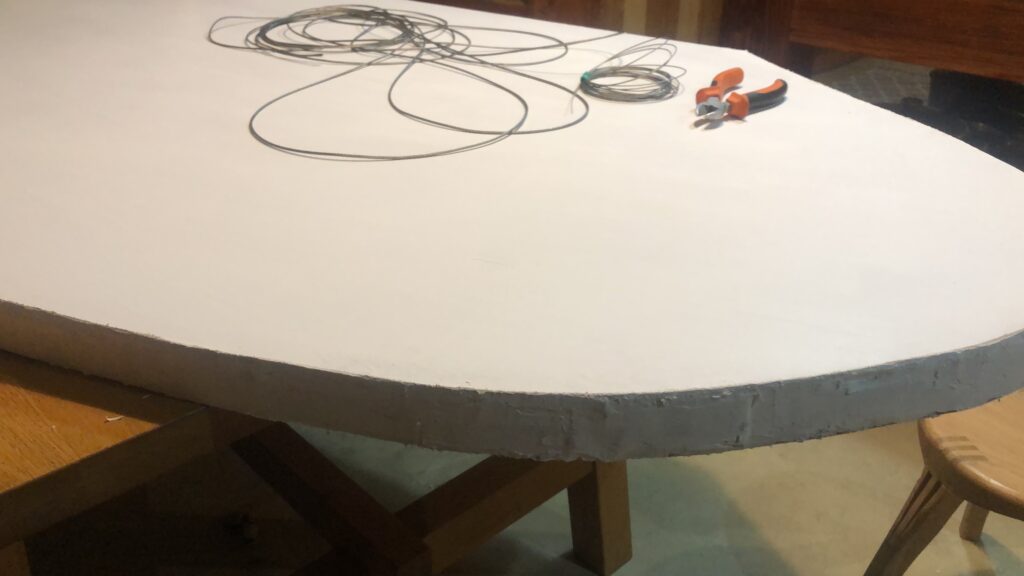
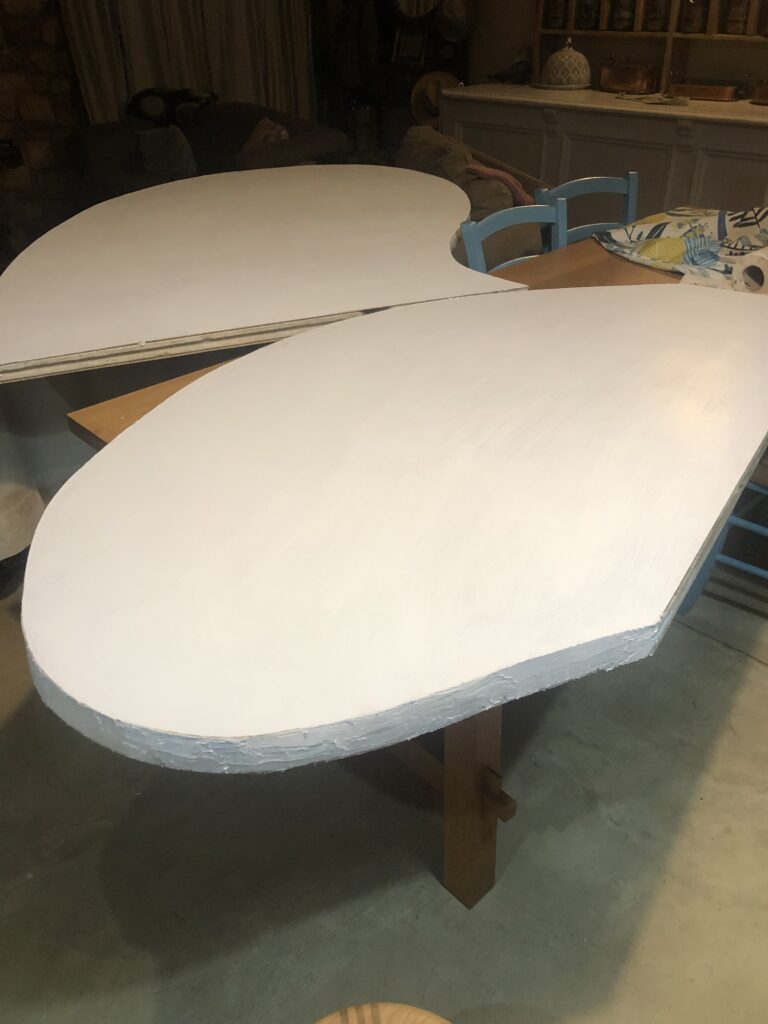
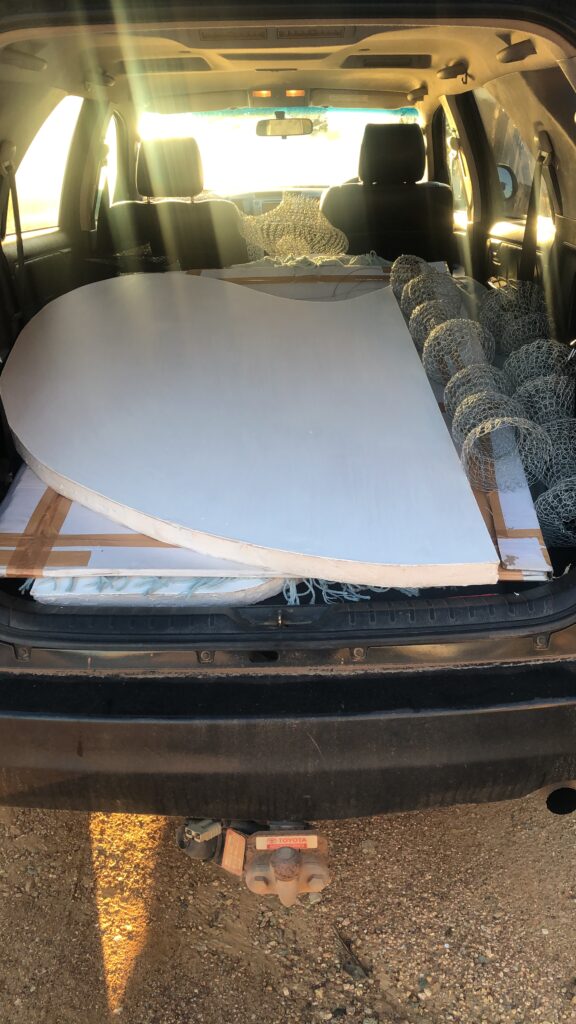
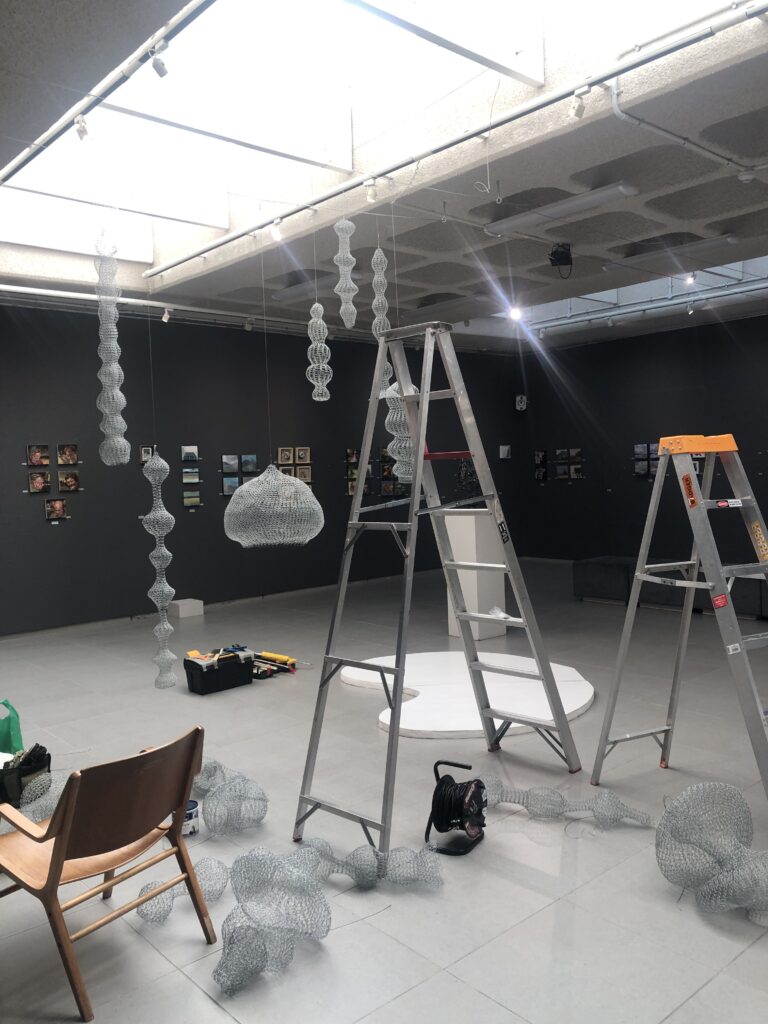
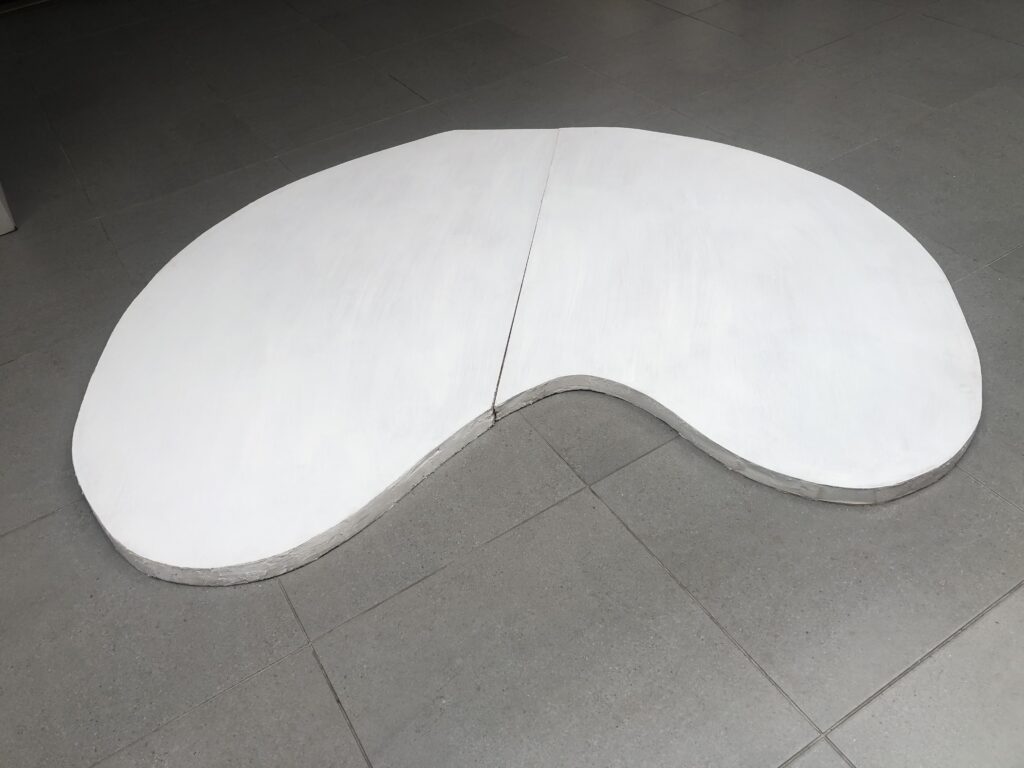


Critical issue:
After the work was installed, the gallery informed me that it was larger than the required size and would be disqualified from continuing in the judging process and competition. I had underestimated the importance of the exact size and felt it was a significant oversight. I discussed with one of the judges after the competition, and it was suggested that I look at other conceptual platforms where the work would benefit more. The work was seen as having an ‘amazing presence’ and that I should look at other options to work with the gallery where the competition was hosted.
REFLECTION on this topic
The act of suspending wire forms in space continues to teach me about tension, resistance, and release. In preparing for exhibitions like the Sasol New Signatures and the Vuleka competition, I became more attuned to how each site demands a different kind of attention—a recalibration of scale, material, and atmosphere. The ecological references in my work are not literal. They are relational. I think of the sociable weaver birds whose communal nests teach us about resilience and adaptation. I think of my own hands, looping and coiling wire as if drawing in air. Each form becomes a meditation on grief, repair, and the slow labour of becoming.
For Sasol New Signatures, I focused on adapting my process more intentionally to scale, but even then, the tension between form and context remained palpable. It seems that each installation becomes a reimagining of the nest—not just as an object, but as a proposition.
Suspension, then, is more than a technical solution. It is a language of care. To suspend is to hold, but not fix. To allow motion and stillness to co-exist. The nest and objects hover, like thoughts not yet spoken, like shelters not yet claimed. They suggest that care is a balancing act—between letting go and holding gently.
In contrast, for Vuleka Art Prize the strict dimensional rules became a point of unexpected resistance. The objects were now separated from the nest and called, Woven Silence. Together with its expansive height and quiet confidence, it exceeded the size restriction by 40cm—an oversight on my part, but also a reminder of how difficult it is to contain works that insist on breathing. I now believe the work needs more space. The suggestion from a judge that the work carries presence, and another’s encouragement to explore more conceptual platforms, felt like a kind of recognition: that the work’s power lies not only in its materiality but in how it negotiates space, attention, and presence.